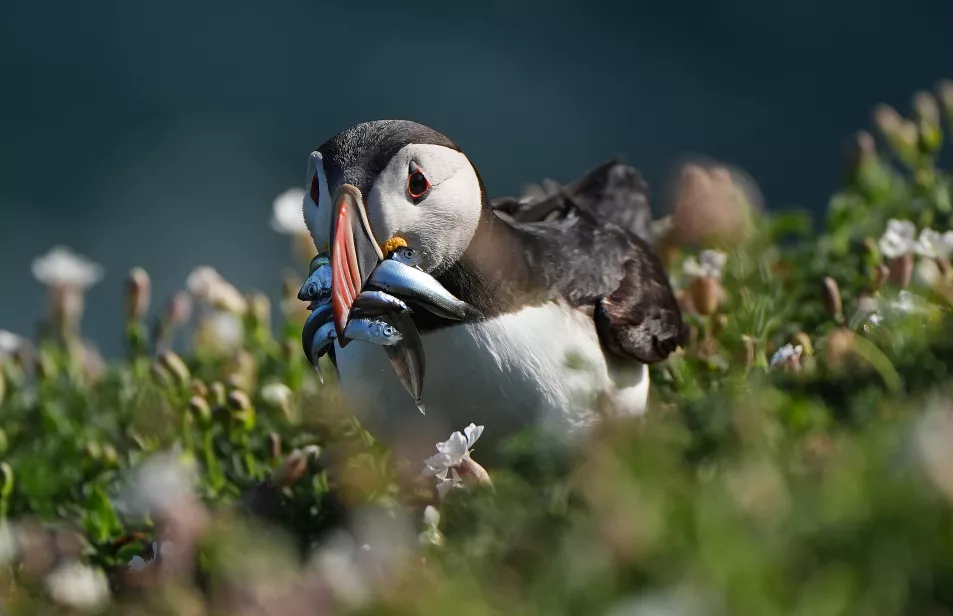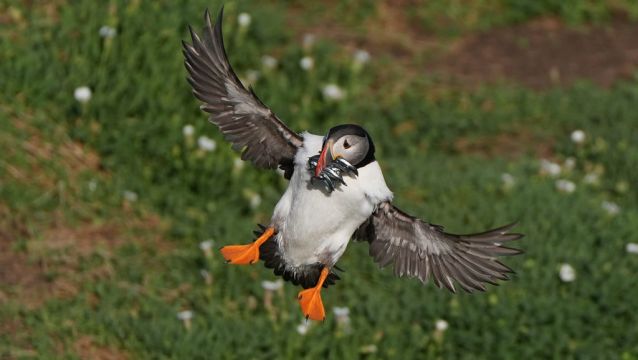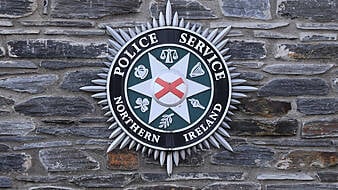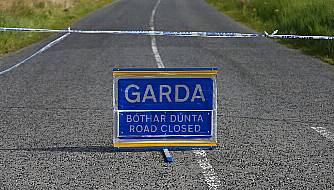A new special protection area (SPA) for seabirds off the coast of Co Wexford could help to safeguard the puffin population on the uninhabited Saltee Islands, experts have said.
It is believed that the number of puffins nesting on the islands five kilometres off the Irish coast has begun to rise again after years of decline.
The breeding season usually starts in late March or early April, finishing in July or August.

A spokesperson for the National Parks and Wildlife Service (NPWS) said the most recent census of breeding seabirds in Ireland covering the period 2015-21 estimated the number of puffin breeding in Ireland to be 14,232 pairs.
This represents a decline of 26 per cent since the previous census during 1998 to 2002.
The spokesperson said: “A recent series of counts of puffin at the Saltee Islands earlier this year indicate that the breeding population across these islands, which experienced a pronounced decrease at the turn of the century, is now increasing.
“While the population increase is good news, there are challenges for puffin in its nesting habitat.
“Puffin nest in colonies, at some locations such as the Great Saltee Island, the nests are mostly in old burrows.

“NPWS has addressed a previous problem of predation through a rat eradication programme.
“The main concern for puffin now is the level of recreation pressure on the island, with numbers of daily visitors to the island increasing significantly in recent years.”
The puffins nest in burrows under the ground, which makes it more difficult to count their population, compared with other seabirds that nest on ledges in the open.
Earlier this year Nature Minister Malcolm Noonan announced that the new Seas off Wexford SPA would be designated under the EU Birds Directive.
The SPA will cover more than 305,000 hectares of marine waters for a range of bird species.
The SPA will give protection to 20 species, including puffins.
Dr Mark Jessopp, senior lecturer in zoology at University College Cork, said he was “very positive” about the new SPA.
He said: “The designation ensures that additional measures are put in place to ensure that the vulnerable seabird populations in the area, including puffins, are fully considered when it comes to any future developments.
“It creates a higher bar for ensuring that the populations are not impacted.
“It also requires more regular surveys of the populations to make sure that they are attaining a favourable conservation status within the SPA.”

Dr Jessopp said the main limitation of the SPA was that it did not put many restrictions on fisheries.
He said the main threat to puffins on the islands is land-based predation and disturbance.
He added: “NPWS recently undertook a rat eradication on Great Saltee which by all indications was very successful and we are already seeing signs of recovery of the puffins which for many years had suffered from predation by rats on the Saltees.”
Professor John Quinn, from the School of Biological Earth and Environmental Sciences at University College Cork, said it was good news that there are signs of increasing puffin numbers.
He added: “We have also done studies that show tourism is impacting both the gannets and the puffins.
“Tourism is important for the area and increasing numbers visit the island every year. However, tourism is almost entirely uncontrolled.
“Signage has helped ease the problem for the gannets but more work needs to be done for the puffins.
“The SPA is an important step for the protection of the area’s seabirds.
“In principle the Government is clearly committed to protect their populations.
“In practice, this is challenging because explaining the causes of population trends is not always easy, and the area is also important for fisheries.”







